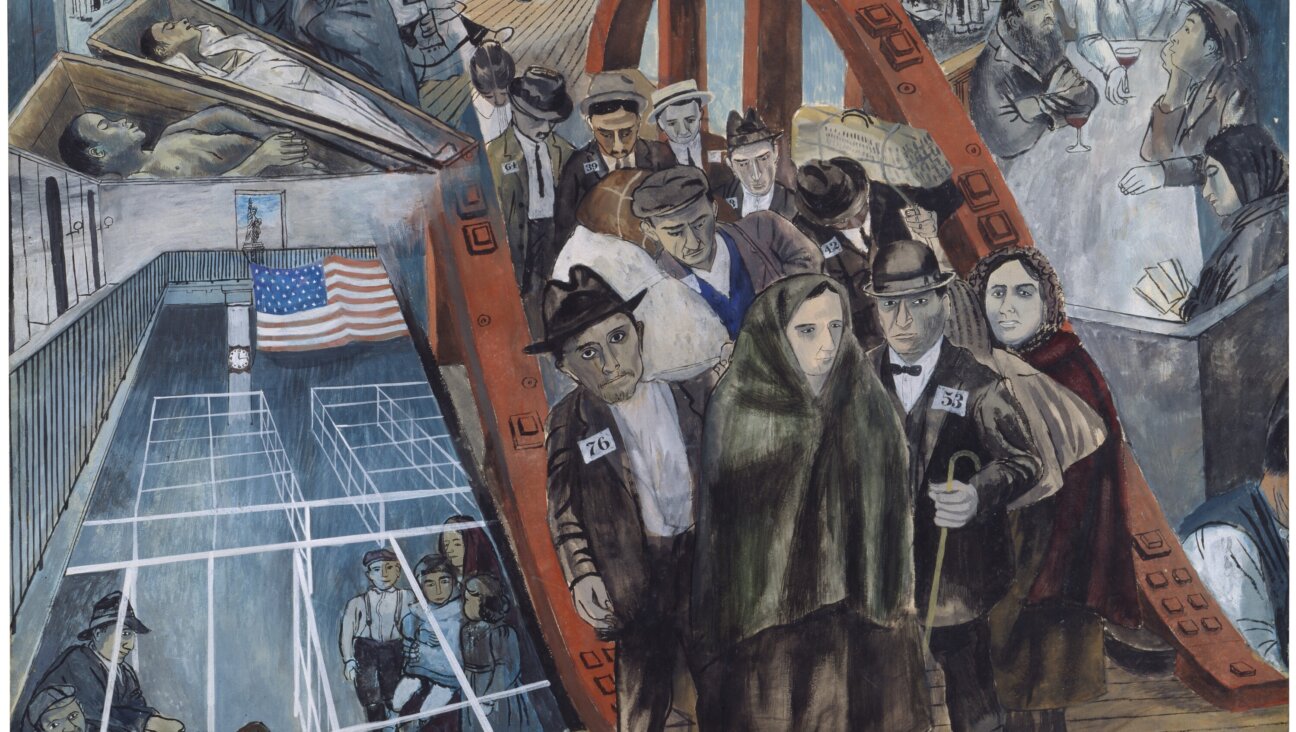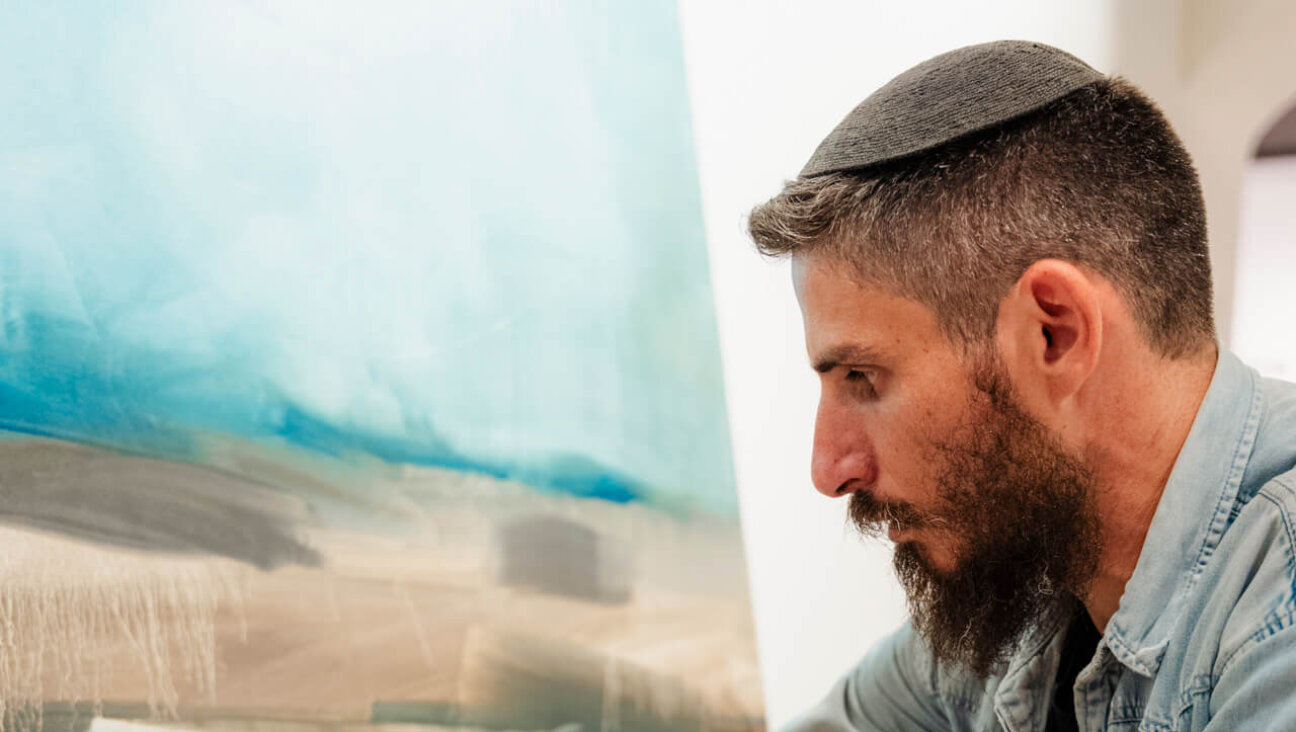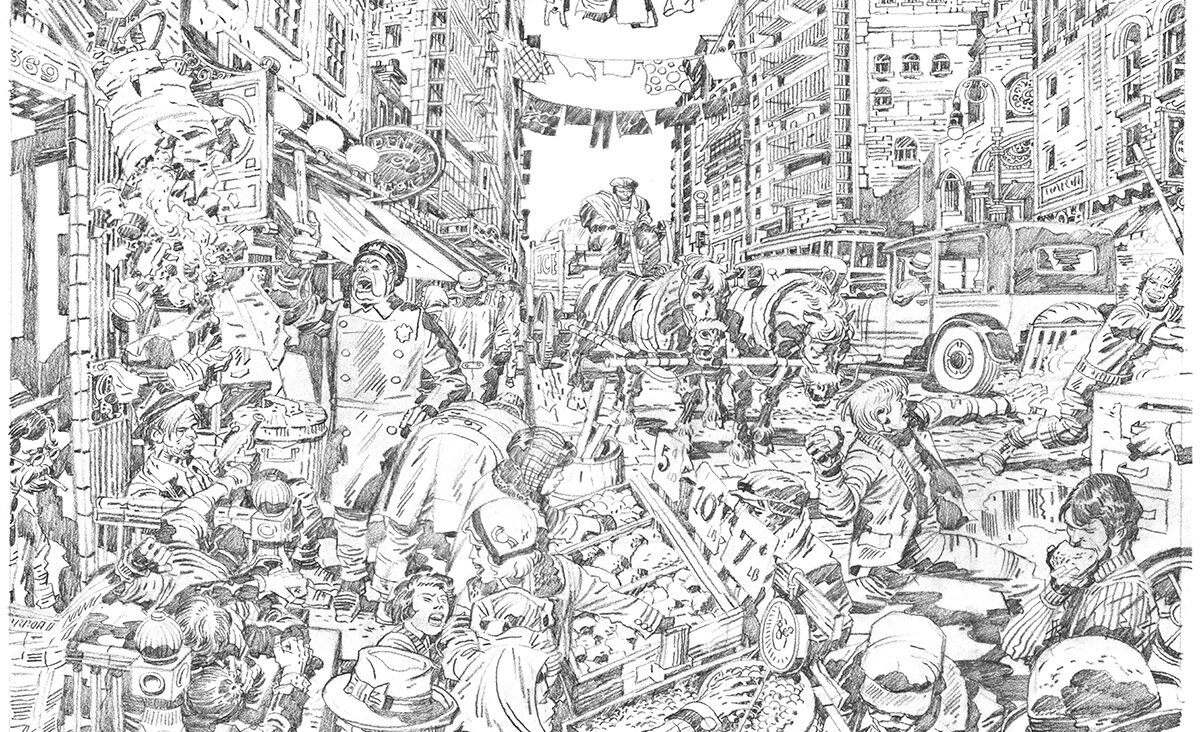The radical transformation of Madame D’Ora

The Dolly Sisters: Photo by Dora Kallmus, circa 1928-29. Image by The Jewish Museum
Can an art show be fascinating without containing a single truly fascinating artwork? The Dora Kallmus exhibit at the Neue Galerie in Manhattan is full of competent, uneccentric photographs of eccentric geniuses from the early 20th century: Gustav Klimt, Colette, Josephine Baker, Picasso. Just as the show seems to be running out of famous faces, new material comes out of nowhere: slaughterhouses, carcasses, severed heads and legs, all photographed in the years after World War Two. The fascinating part isn’t the images’ quality so much as the fact that they were all taken by the same person. What brought her from celebrities to slaughterhouses — and why does the swerve seem strangely inevitable?
Dora Kallmus was born in Vienna in 1881, around the same time that Freud was completing his MD and Mahler was starting to make his way as a conductor. She died in 1963, a few days after the Beatles recorded “I Want to Hold Your Hand.” To say that she knew every great artist from Mahler to McCartney would be an exaggeration, but not a huge one. She came from one of richest, most cultured Jewish families in one of the richest, most cultured cities in Europe — when her parents’ friends weren’t dining at her house, they were busy pioneering expressionism, symbolism, analytic philosophy and atonal music. Being a wealthy Jewish heiress came with its own peculiar set of freedoms and constraints. Her father, a prominent attorney, forbade her from acting but encouraged her to study art. By the time she was in her mid-twenties, she had her own photography studio — the first in Vienna to be owned by a woman.
By the 1910s, Madame D’Ora, as she’d begun to call herself, was one of her country’s most prominent photographers. Her artistic merits are impossible to disentangle from her social rank, which I mean neither as a compliment nor an insult, but simply a fact: she befriended seemingly everyone worth knowing during one of the most fruitful seasons of modern European culture, and this gives any collection of her work an intrinsic appeal. Here are the writers Arthur Schnitzler and Hermann Bahr, the painters Max Liebermann and Oskar Kokoschka, the actors Anna May Wong and Maurice Chevalier, and a pack of archdukes and counts and countesses savoring the last privileges of their crumbling empires.
Is it ignorant to point out that many of these portraits, particularly the early ones, are rather … similar? Each Neue-goer will have a different tolerance for small, blurry images of seated intellectuals in three-quarter profile, but my patience started to run out before I’d made it all the way through the first gallery. Even setting aside the conventions of early commercial photography, I don’t find Kallmus an especially striking image-maker, and I have a funny feeling that the curator, Monika Faber, agrees with me. Kallmus’s fashion photographs, many of them taken in the 1920s in her studio in Paris, doubled as copyright guarantees, which meant, first and foremost, that they had to show what the clothes looked like head-on. Like Tom Sawyer whitewashing the fence, the show tries to repackage boredom as fun, cooing over these images’ “simplicity, austerity, and clarity,” when “stiffness, dreariness, and flatness” sounds more appropriate.

Maurice Chevalier Sleeping: Photograph by Dora Kallmus, 1955. Image by © Nachlass Madame d’Ora Museum für Kunst und Gewerbe Hamburg
I’d gladly trade every fashion photograph in the Neue for just one — of the elderly Maurice Chevalier asleep in bed. The shot, taken in 1955, when Kallmus herself was in her mid-70s, underscores what’s genuinely fun about this exhibition: the sense it gives of a woman who was almost impossible not to like and who related to her famous subjects as a friend rather than a starstruck fan. By the 50s, she’d photographed Chevalier at least four times, brushing away a little more of his persona with each encounter, until the two were comfortable enough for him to allow her to shoot him unconscious (or at least not complain after she did). In Kallmus’s portrait of Picasso, taken in the same year, the great, brooding artist doesn’t clench his jaw or stare down the camera, as he did in hundreds of other photographs. He laughs with genuine warmth.

Pablo Picasso: 1955 photograph by Dora Kallmus Image by Photo: © Nachlass Madame d’Ora Museum für Kunst und Gewerbe Hamburg
In the years leading up to Kallmus’s retirement in 1957, however, the human face ceased to be her main subject. In lieu of portraiture, with its built-in themes of kinship and recognition, she dabbled in the grotesque — which brings us back to the slaughterhouses. The better part of a gallery is filled with images of split calf heads and skinned lambs, emblems of the cold, assembly-line gore that keeps cities from going hungry. Adjacent photographs show the aftermath of other kinds of violence: shell-shocked survivors, ruined palaces, families in a displaced persons camp.

Severed cow’s legs in a Parisian abattoir: Photo by Dora Kallmus, circa 1954-57. Image by © Nachlass Madame d’Ora Museum für Kunst und Gewerbe Hamburg
You need not be a Freudian to conclude, or at least suspect, certain things about these images — above all, that they show a deep pain finally bursting to the surface of a life that many mistook for one of unceasing glamor. Kallmus lost her mother at the age of seven. She converted to Roman Catholicism in 1919 but still had to close her studio when the Nazis invaded Paris in 1940. She spent the rest of the war half-hiding in the south of France, during which time her sister Anna and some of her closest friends died in concentration camps.
Adorno said that writing poetry after Auschwitz was barbaric. He seemed to mean (never trust a person who claims to know exactly what Adorno meant about anything) that making sweet, gentle, oblivious art as if the atrocities of World War Two had never happened was, itself, an atrocity. To go on taking pictures as she had in the old, elegant Vienna, Kallmus seems to have decided, was barbaric, too — and so, in her late sixties, she set out in search of new photographic styles and symbols that could accommodate the terrible new subject that had forced its way into her life. The only comparable case I know of is that of the fashion photographer Richard Avedon, who, after years of making pretty people look even prettier, shot his frail, wheezing father dying of liver cancer.

Woman supporting a sickly man: Photo by Dora Kallmus taken at a displaced persons camp in Austria, 1948. Image by © Nachlass Madame d’Ora Museum für Kunst und Gewerbe Hamburg
In Avedon’s portrait series, Janet Malcolm saw the photographer paying a kind of penance for his earlier work — shooting truths so ugly they could make up for the slick lies that preceded them. In some of Kallmus’s slaughterhouse photographs, I recognize something like the penance Malcolm was referring to — and, by the same token, something like survivor’s guilt. Unless the rationale for these late works is simpler: maybe Kallmus, whose early career was inseparable from the cultural life of early 20th-century Vienna, felt bound to make art that conveyed the era’s blunt, brutish death.
Madame D’Ora runs at the Neue Galerie through June 8, 2020.





















